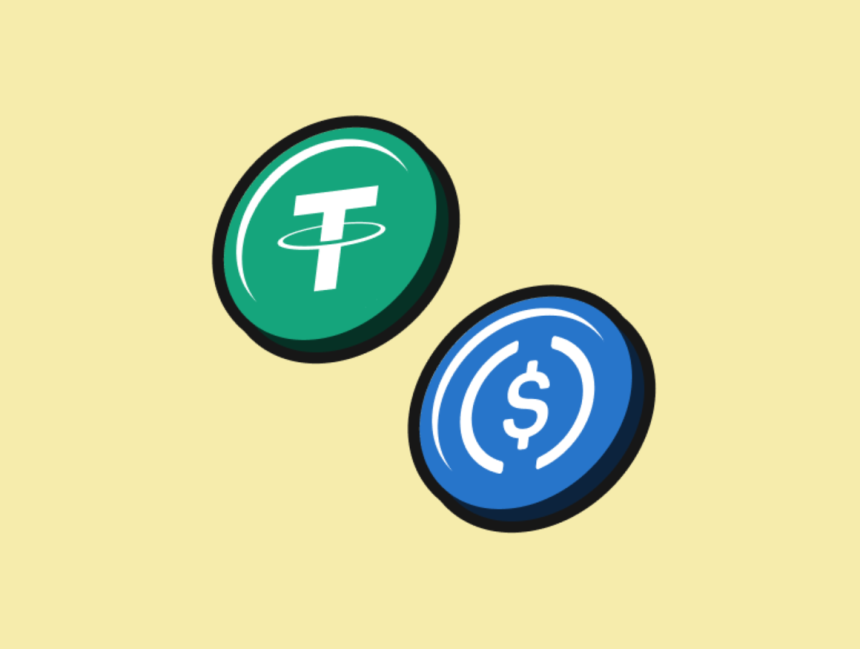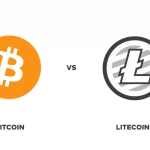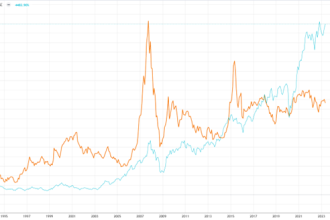Stablecoins are a new class of cryptocurrencies that aim to offer price stability by pegging their value to a stable asset, such as the US dollar. Tether (USDT) is one of the largest and most well-known stablecoins in the market, with a market capitalization of over $40 billion as of February 2023. This article will provide a comprehensive overview of Tether and its role as a stablecoin.
Introduction to Tether
Tether was launched in 2014 by Brock Pierce, Reeve Collins, and JP Thor Bjornsson, and is based on the Omni Layer protocol. It is designed to be a stablecoin, meaning its value is pegged to the US dollar. One Tether token is meant to represent one US dollar, allowing users to hold and transfer US dollar-denominated value on blockchain platforms. There are several software to use in crypto trading. For more information, we suggest you check expert blogs about cryptocurrencies on the official trading platform.
Tether’s Key Features
Tether is unique in the stablecoin market in several ways. Firstly, it is the only stablecoin that claims to be 100% backed by US dollars held in reserve. This means that for every Tether token issued, there is a corresponding US dollar held in reserve. This provides a degree of confidence to users that their Tether holdings have real-world value and can be redeemed for US dollars.
Another key feature of Tether is its integration with various blockchain platforms. Tether is supported by many popular cryptocurrency exchanges, wallets, and payment providers, making it one of the most widely used stablecoins. This allows users to easily transfer value across different blockchain platforms and take advantage of the benefits of cryptocurrency, while still maintaining the stability of the US dollar.
Tether’s Use Cases
One of the primary use cases for Tether is as a medium of exchange. Many cryptocurrency exchanges do not allow direct deposit and withdrawals of fiat currency, such as US dollars. This means that users must first convert their fiat currency into a cryptocurrency and then exchange it for other cryptocurrencies on the platform. Tether provides a solution to this problem by allowing users to deposit and withdraw US dollars in the form of Tether, without the need to go through the process of converting to a cryptocurrency.
Another use case for Tether is as a store of value. In times of high market volatility, many investors look to stablecoins as a haven for their assets. Tether’s peg to the US dollar provides a degree of stability and security that is not found in other cryptocurrencies. This has made Tether a popular choice for short-term and long-term investment, as well as for trading purposes.
Tether’s Controversies
Despite its popularity and widespread use, Tether has faced several controversies over the years. The first and most significant of these controversies relate to Tether’s claim of being 100% backed by US dollars held in reserve. While Tether has undergone several audits to prove its reserves, some critics have raised questions about the transparency and independence of these audits.
Another controversy that Tether has faced is its close association with Bitfinex, one of the largest cryptocurrency exchanges. Bitfinex and Tether are both owned by the same parent company, and there have been concerns that Tether may be used to manipulate the cryptocurrency markets, particularly through the process of “Tether printing.”
Conclusion
Tether is one of the largest and most widely used stablecoins in the cryptocurrency market. Its unique features, including its 100% US dollar backing and integration with various blockchain platforms, have made it a popular choice for those looking to transfer and store value in the cryptocurrency space. However, Tether has also faced several controversies over the years, and the future of the stablecoin remains uncertain














